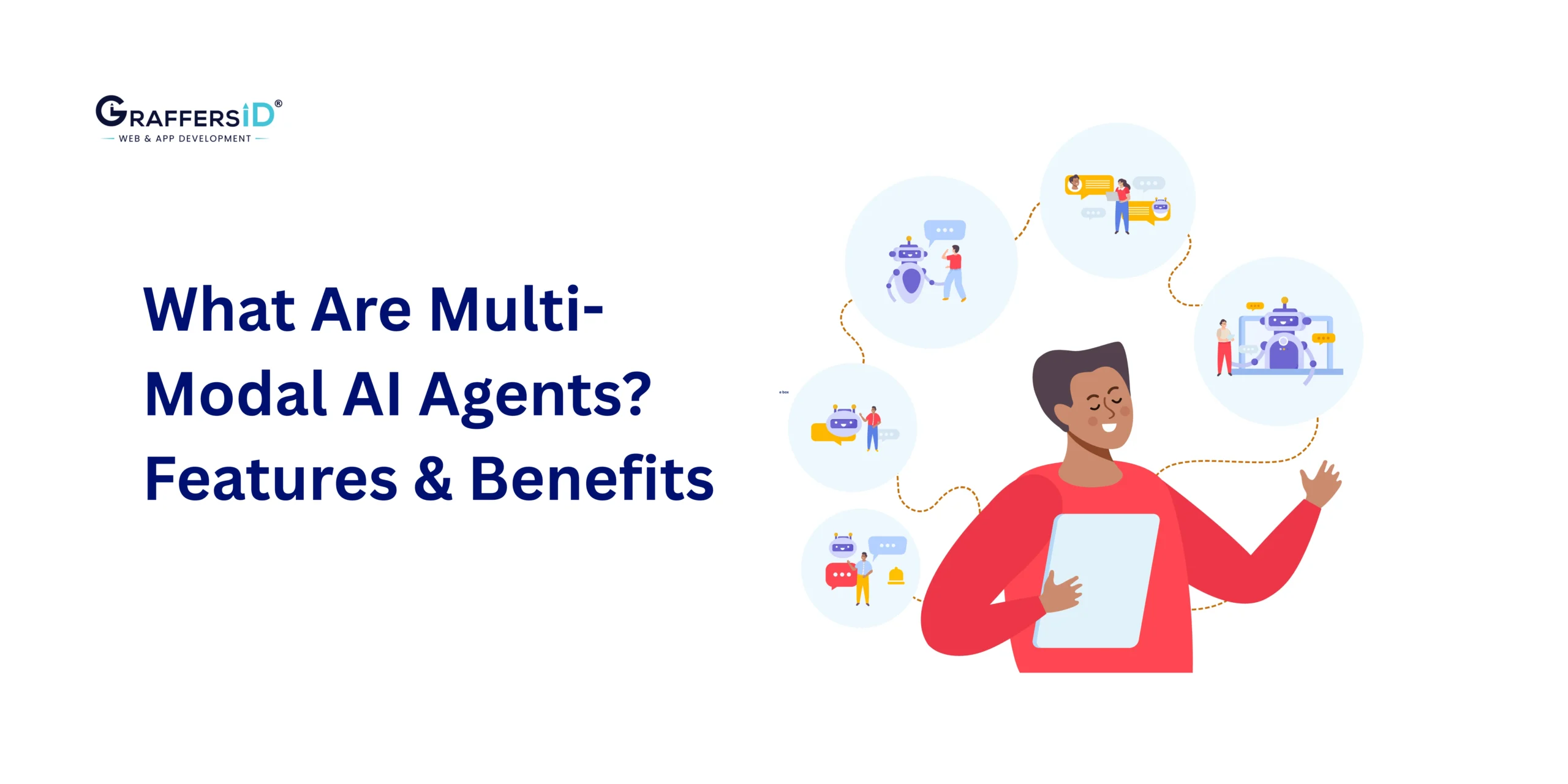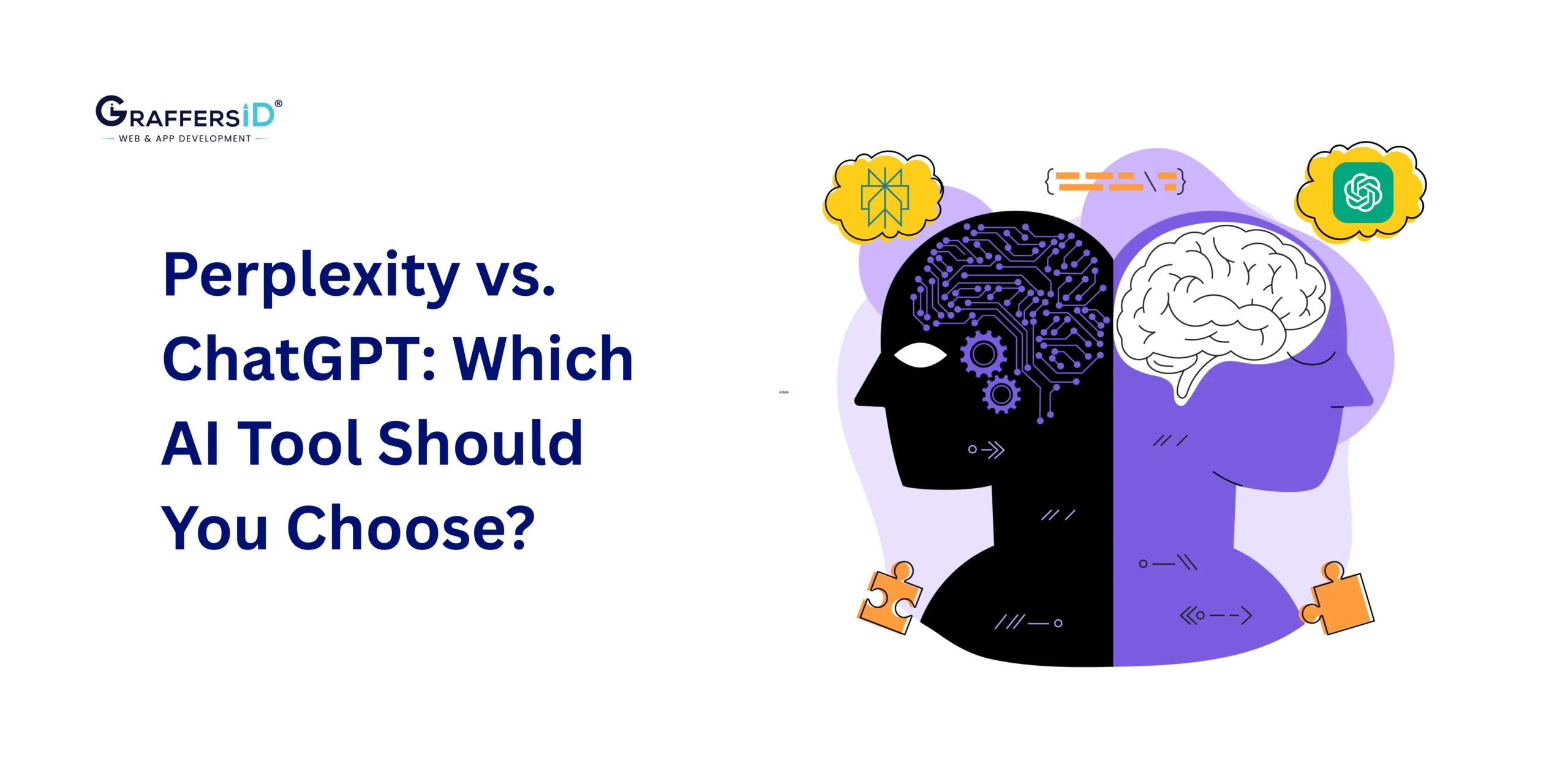 “Clean Laundry App is a US start-up offering quick laundry booking services dedicated to college students. It facilitates students to plan their laundry or book on-the-go to have a professional pickup their cloths and delivery as per student’s convenience.”
“Clean Laundry App is a US start-up offering quick laundry booking services dedicated to college students. It facilitates students to plan their laundry or book on-the-go to have a professional pickup their cloths and delivery as per student’s convenience.”
Clean Laundry Application’s basic aim is to give quality cleaning and convenient pickup and drop to match the student’s dynamic timetable. Furthermore, Students are famous for being messy and prefer to remain budgeted users for obvious reasons. Clean Laundry App aims at solving both the problem by creating a demand high enough to compensate for the cheaper rates.
First of all, Clean Laundry App has its own cleaning stations where inventory is managed. Delivery is done by the delivery boys of the Clean Laundry App itself with some incentive-based assistance from the students. The start-up focuses purely on the hostels where the community was closed and trusted. This gave rise to some unique delivery mechanism and technical sales features (explained in “Interesting Feature”). These are something worth to spend time on. The founders are college students themselves. Working with students from IVY League College gave Graffersid a lot of learning as well.
Features of Clean Laundry App:
Functionality for Users:
- One-click booking.
- Scheduling future bookings.
- Tracking the delivery.
- Managing Booking History.
- Making Reoccurring booking.
- Cancel Booking.
- Raising issues.
- Marking themselves as available. (explained in “Interesting Features”)
Features for the Super Admin:
- Managing Current bookings.
- Tracking Delivery.
- Resolving Complaints.
- Viewing Inventory.
- Managing customers.
Features for the Admin:
- Managing Current bookings.
- Tracking Delivery.
- Updating Inventory.
Features for the Delivery boy:
- Receiving Delivery Request.
- Auto-Matched Delivery destination.
- Updating Status of the delivery
Special Feature:
-
Delivery
Students are very unpredictable and can move really quickly from any location. The average time for the student at a single location is very less and unpredictable. Hence matching the correct time and destination for delivery is insanely challenging. Nonetheless, hostel culture, on the other hand, is very friendly and behaves like a closed community. Another thing to consider is the financial status of the students which is not very strong.
Based on the above observation Clean Laundry App used 2 approached to the delivery:
- They tied up with the hostel management to use reception as the collecting and drop off point.
- They used other students to deliver it on their behave. Students could mark themselves as available to receive delivery which he can later go and personally hand the parcel to the real owner. If permission is provided, based on the GPS location they are auto marked to accept delivery. To attract more users the delivery was incentivized by adding gift cards and free service if a student took the order for another student and delivered it to them safely.
The Clean Laundry App saved a huge delivery cost and time. They bifurcated the orders over sectors and hired a heavy vehicle to take all the orders at once since there was no timing issue one person could make all the deliveries of a specific region.
-
Getting a new user on Application
The above strategy also worked great in making new users aware of the Clean Laundry Application’s services. Clean Laundry App spends some money in getting custom bags with their logo on top in which the company used to make deliveries. When a lot of people moved around carrying the branded polybags others got curious and the word spread quickly.
Once a new user comes on board, they had the option to enter reference codes which benefitted the referee and the user both. With these points, users can avail of certain discount codes and online coupons. Since the student segment is a very cost-sensitive segment, this feature definitely turned a lot of heads. The coupons could easily be availed at different websites or local stores. The digital coupons is a negligible cost to use and are easily available over different mediums.
To add the cherry on the top, Clean Laundry App gave a reduced certain % of the cost. once the total users from a specific facility touch a milestone. This move was applauded as it started creating a community around the facility and motivated people to interact with fellow companions.
Technical Hidden Challenges
Inventory Management
Unlike the traditional Inventory Management Systems (IMS), the IMS for laundry stands out. All the clothes come in different packages when they first reach the cleaning facility. Nonetheless, all the clothes are mixed when they enter the cleaning cycle. Such a practice is followed majorly to reduce the cleaning cost. Once all the clothes are mixed, it can be challenging to segregate the pieces as per their owners. It is also important to track any specific piece and know the exact location of where the particular piece is at any given point of time.
This particular practice could be made easy by using an auto-generated tracking system. That can pinpoint the pieces that belong to a single owner. there is a lot of permutation and combinations possible which can create a significantly complicated logic. There are also high chances of missing out on some of the possible causes if not evaluated properly.
Invoking actions based on the location
A lot of Mobile applications want more and more users to be active on their platform and spend hours wasting time. Well, luckily this wasn’t the case with Clean Laundry App. Moreover, the founders wanted the user to not open the application at all and yet be active on the platform. On a daily basis, the user interacts almost 10 times with the application without even getting distracted. The application tends to automate a lot of tasks on the student’s behalf. Once the permissions are acquired the user literally doesn’t need to open the application. And can still be updated simply by the notification panel. This proved to be the show winner for Clean Laundry App.
Technically, it was very challenging to make it happen. The user journey and user experience took multiple iterations. And a lot of brainstorming before being finalized. Around 35% of the project time was spent on the wireframing and brainstorming. Similarly to the delivery model, some of the features don’t currently exist. Hence these features had to be custom made from scratch. which can be a good test of technical skills and patience.



